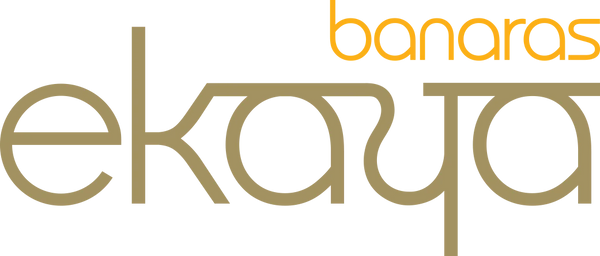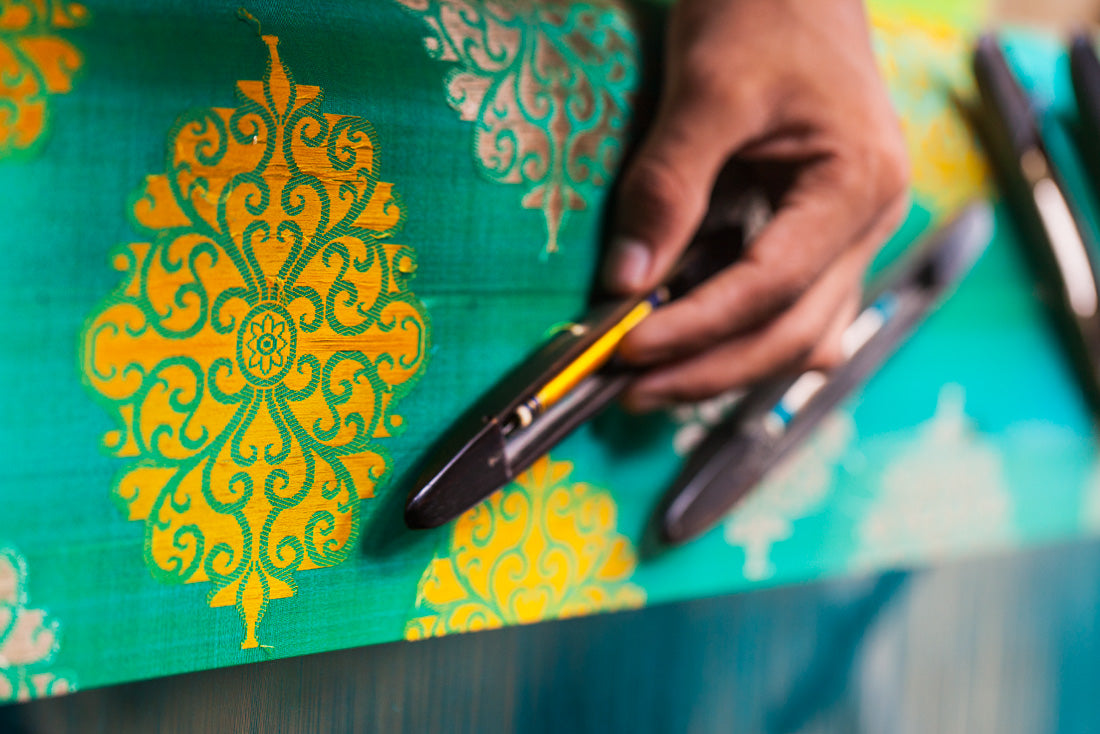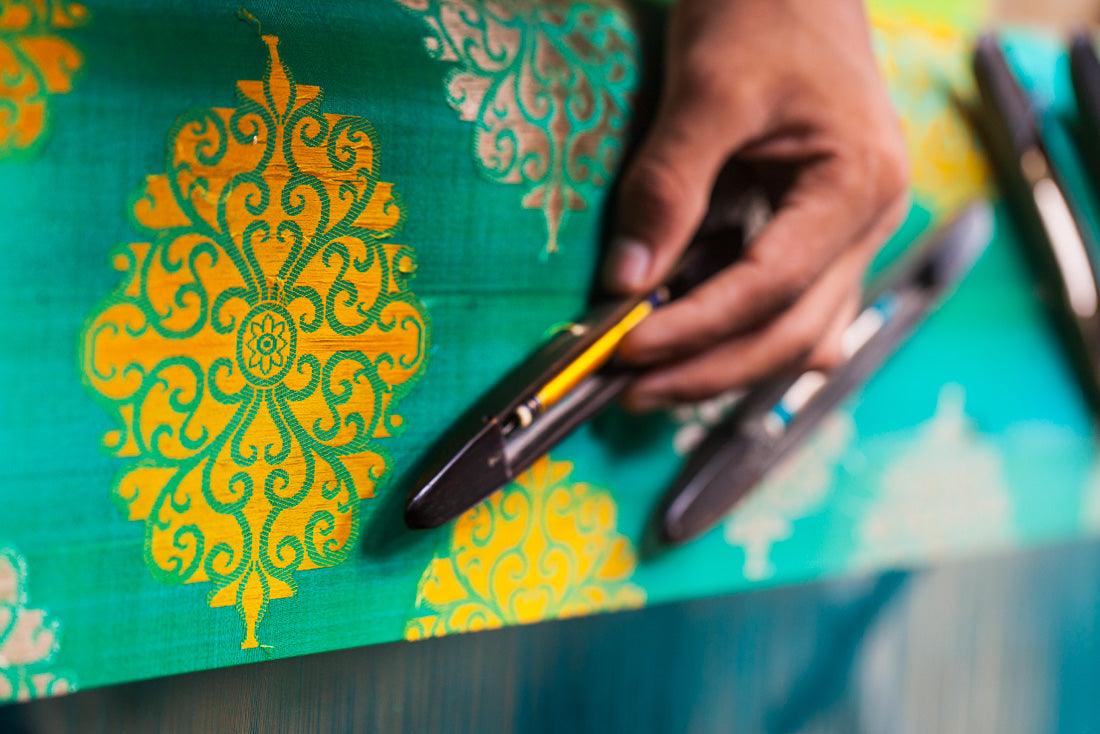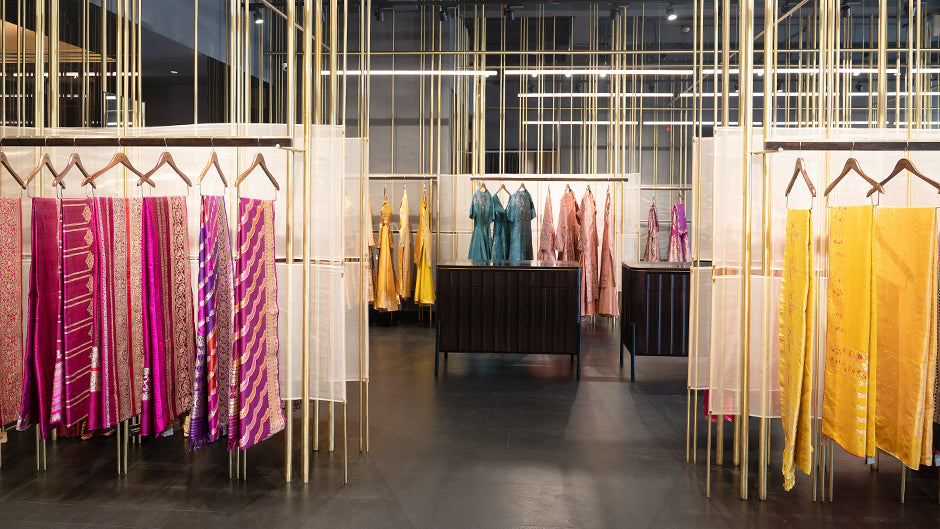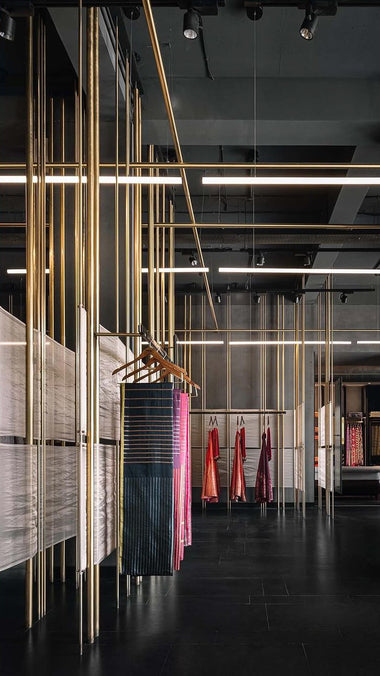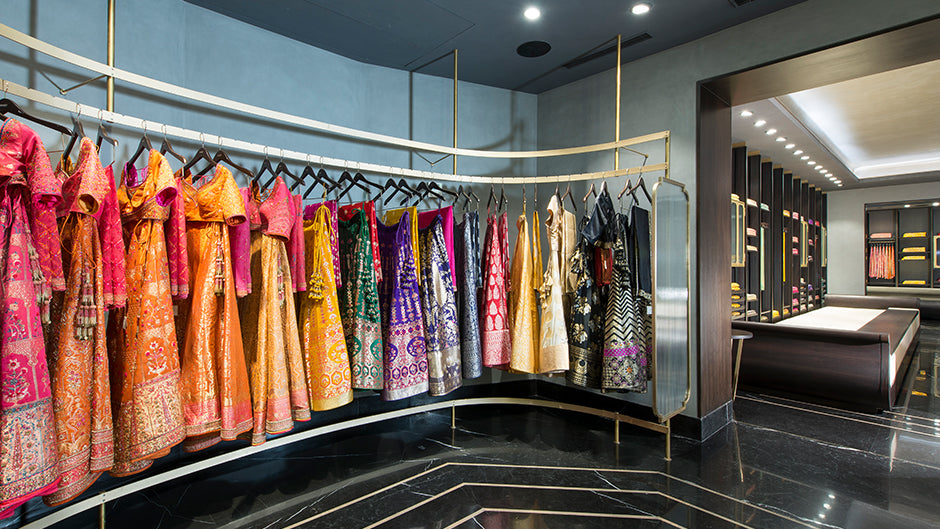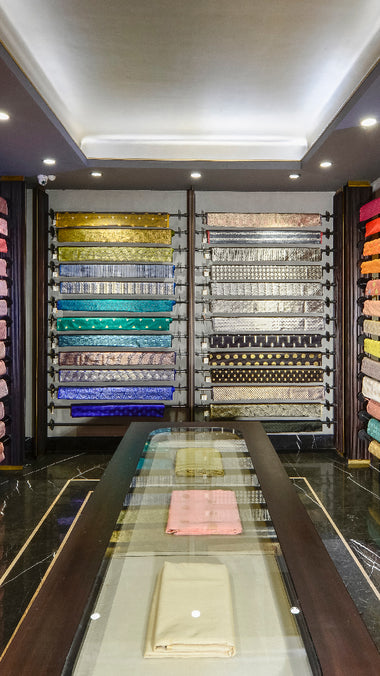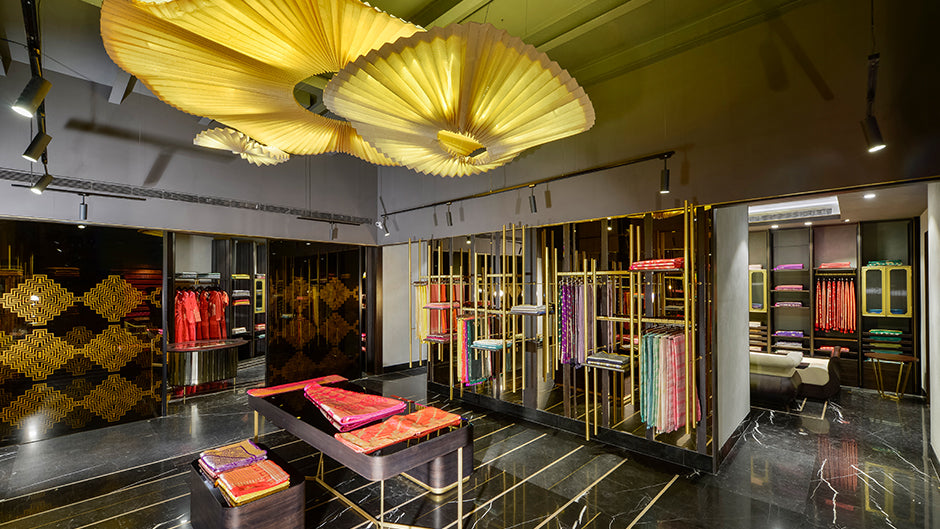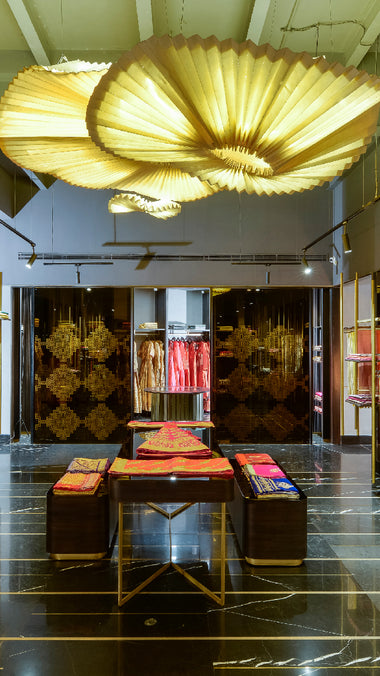In the vibrant world of textiles, the choice between handloom and powerloom thaan can be a crucial decision for consumers, considering both techniques of production offer their own unique attributes and advantages, including some disadvantages. Therefore, it’s important to explore the distinguishing traits of handloom and powerloom fabrics, empowering you to confidently make the right choice.
Handloom involves the manual operation of weaving. Weavers use traditional looms, and the entire weaving process is done by hand. It requires skill and craftsmanship, and the weaver has more control over the fabric. When it comes to choosing handloom products, there are a range of features and benefits that contribute to both personal satisfaction and broader social and environmental considerations that one must keep in mind.
Features and Benefits of Choosing Handloom:
Artisanal Craftsmanship: Handloom thaan, crafted by skilled artisans, is woven with precision and care, involving intricate weaving techniques and thorough attention to detail. Each piece reflects the artisan's dedication, making it a true work of art, worthy of investment.
Unique Designs: Handloom fabrics often showcase intricate designs and patterns that are hard to replicate with machines. The uniqueness of each piece adds a touch of exclusivity to your wardrobe, resulting in one-of-a-kind pieces that stand out from mass-produced items.
Cultural Heritage: The designs, motifs, and weaving techniques often carry historical and cultural significance that make them heirloom pieces.
Preservation of Traditional Techniques: By opting for handloom thaan, you contribute to the preservation of traditional weaving techniques that have been passed down through generations after generations. This helps sustain the rich cultural heritage of textile craftsmanship. Did you know that specific weaving techniques, such as the banarasi kadhwa weave, are exclusive to handlooms and cannot be duplicated using powerlooms?
Sustainable Practices: Handloom weaving is typically a manual process, minimising the carbon footprint associated with machinery. Choosing handloom fabrics supports sustainable and eco-friendly practices.
Breathable and Comfortable: Handloom fabrics, especially those made from natural fibres like cotton and silk thaan, are known for their breathability and comfort. These fabrics allow the skin to breathe, making them ideal for various clothing items and weather conditions.
Powerloom, on the other hand, is a mechanised and automated weaving process. It uses power-driven machines to weave fabrics. Powerlooms can operate continuously on an end and are capable of producing larger quantities at a faster pace compared to handlooms.
Features and Benefits of Choosing Powerloom:
Cost-Effectiveness: Powerloom fabrics are mass-produced, leading to lower production costs. This cost-effectiveness often translates to more affordable prices for consumers.
Consistency in Production: Powerloom fabrics offer consistency in terms of texture and design. If you're looking for a specific pattern or colour, powerloom fabrics are more likely to provide uniformity across batches.
Faster Production Rates: Powerloom weaving is significantly faster than traditional handloom methods. This makes powerloom fabrics readily available, meeting the demands of a fast-paced market.
Wide Variety of Options: Powerloom technology allows for the production of a wide range of fabrics, catering to diverse tastes and preferences at once.
Accessibility: Powerloom fabrics are often more accessible and widely available in the market. This accessibility makes them a convenient choice for individuals looking for specific thaan without the wait associated with handloom production.
Conclusion:
In the eternal debate of handloom vs powerloom, the choice ultimately depends on the preferences and values you stand by. The choice between handloom and powerloom textiles depends on factors such as individual preferences, budget considerations, and the importance placed on traditional craftsmanship and sustainability. Handloom fabrics offer a touch of tradition, uniqueness, and sustainability; whether you prioritise the artisanal touch of handloom thaan or the efficiency of powerloom production, both options offer a myriad of choices.


